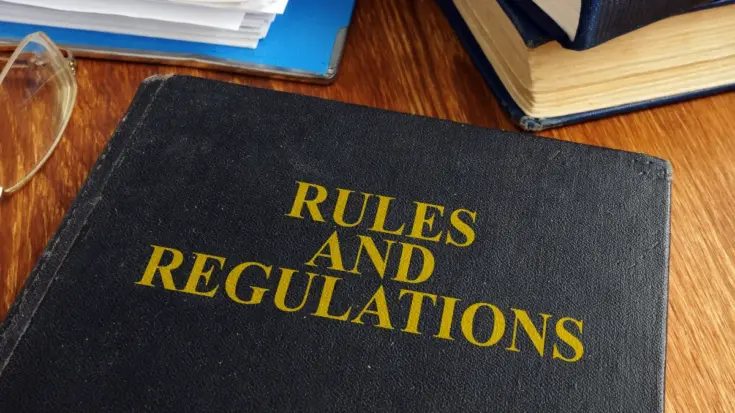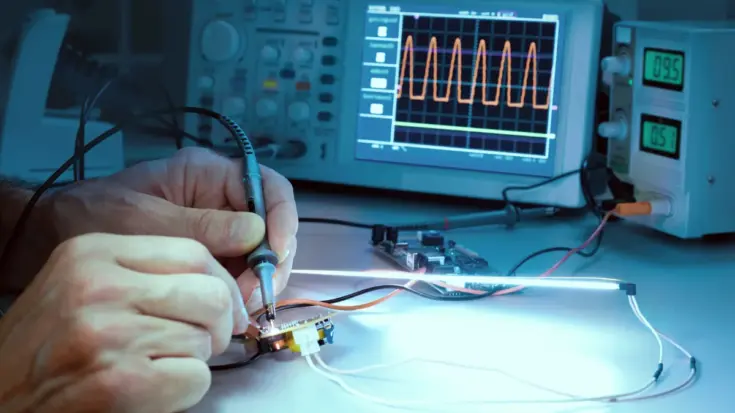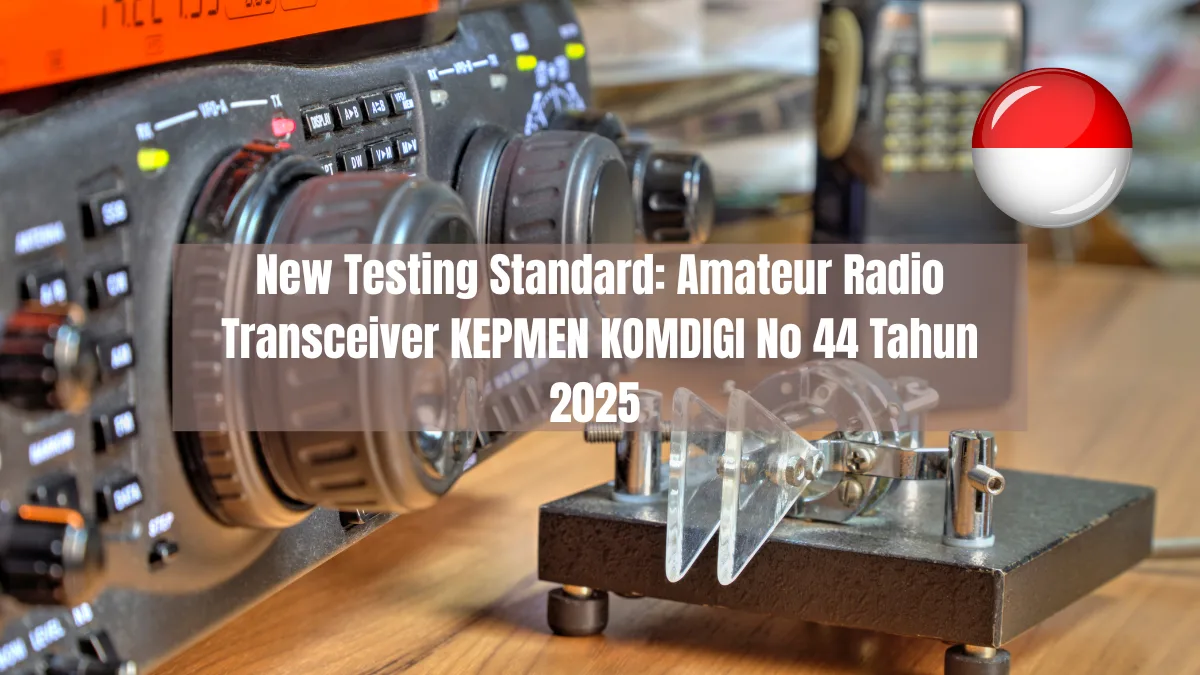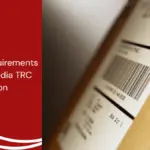Amateur radio transceivers are telecommunications devices that transmit and receive radio waves for amateur radio activities. These devices are often used for a variety of purposes, ranging from hobbies, education, and technological research to emergency communications during disasters.
Amateur radio transceivers that utilize the radio frequency spectrum are subject to usage regulations in each country. These regulations aim to ensure that the devices do not pose risks of causing interference or safety issues for users.
In Indonesia, regulations related to amateur radio transceivers are governed by the latest regulations issued by the Ministry of Communication and Information Technology (KOMDIGI), namely Ministerial Decree (KEPMEN) No. 44 of 2025.
Also Read
This article will provide a comprehensive overview of the guidelines for testing wireless power transmission based on the latest guidelines.
Table of Contents
Amateur Radio Transceiver Testing Standard

Before being used or marketed in Indonesia, an amateur radio transceiver must meet several established technical requirements. Here are some of the standards that must be met:
Power supply
Amateur radio transceivers powered by AC power must meet all parameter specifications when using an AC power supply of 220 V ± 10% (ten percent) and a frequency of 50 Hz ± 2% (two percent).
If an external power supply (e.g., AC/DC power converter) is used, the external power supply must not affect the Amateur Radio Transceiver’s ability to meet all technical parameter specifications.
Electrical safety requirements
The electrical safety assessment of amateur radio transceivers must meet the requirements specified in:
- SNI IEC 60950-1:2016;
- IEC 60950-1;
- SNI IEC 62368-1:2014; or
- IEC 62368-1,
The aspects tested include protection against overvoltage, leakage current, and touch current to prevent potential electrical hazards.
Electromagnetic compatibility (EMC) requirements
For electromagnetic emissions, amateur radio transceivers that fall under the categories of fixed equipment, vehicular equipment, or portable equipment must comply with the SNI ISO/IEC CISPR 32:2015 standard.
Additionally, the devices must not generate excessive emissions that could interfere with other devices and must also be resistant to electromagnetic interference.
Radio frequency requirements
Amateur radio transceivers are only allowed to operate on certain frequency bands. The following are the details of the frequency allocation:
| Types of Radio Frequency Bands | Radio Frequency Range | Conducted Output Power |
| LF | 135.7 – 137.8 kHz | ≤200W |
| MF | 472 – 479 kHz | ≤200W |
| 1800 – 2000 kHz | ||
| HF | 3500 – 3900 kHz | ≤200W |
| 5351.5 – 5366.5 kHz | ||
| 7000 – 7200 kHz | ||
| 10100 – 10150 kHz | ||
| 14000 – 14350 kHz | ||
| 18068 – 18168 kHz | ||
| 21000–21450 kHz | ||
| 24890–24990 kHz | ||
| 28000–29700 kHz | ||
| VHF | 50–54 MHz | Handheld: ≤10W Mobile : ≤200W Base/Repeater : ≤200W |
| 144–148 MHz | Handheld : ≤10W Mobile : ≤100W Base/Repeater : ≤100W | |
| UHF | 430–440 MHz | Handheld : ≤10W Mobile : ≤100W Base/Repeater : ≤100W |
| 1240–1300 MHz | ≤10W | |
| 2300–2450 MHz | ≤2W | |
| SHF | 3300–3500 MHz | ≤2W |
| 5650–5850 MHz | ≤2W | |
| 10000–10500 MHz | ≤0,5W |
The spurious emissions limits for amateur radio transceivers must comply with:
- For amateur radio transceivers operating at ≤30 MHz, they must meet an emission attenuation of at least 43 + 10 log (P) dB, where P is the output power (conducted), or 50 dBc, whichever is less stringent.
- For Amateur Radio Transceivers operating above 30 MHz, the emission attenuation must be at least 43 + 10 log (P) dB, where P is the output power (conducted), or 70 dBc, whichever is less stringent.
Standard Testing Methods for Amateur Radio Transceivers

When testing amateur radio transceivers, it is mandatory to follow the standard methods specified in the regulations to ensure that the devices meet all testing requirements.
The test results will form the basis for the issuance of an official laboratory report, which will then be used in the certification process.
Electrical safety testing methods
- Testing is conducted following IEC standards for applicable electrical safety requirements.
- Testing is conducted with a continuous power supply adjusted to normal use, up to full load testing, and voltage surges.
EMC testing methods
- Includes electromagnetic interference immunity testing and emission measurements following the SNI ISO/IEC CISPR 32:2015 standard.
- Product testing for Indonesian DJID certification is conducted in accredited and registered testing laboratories.
Radio frequency requirements test method
- Testing is conducted under normal environmental conditions or following the test method.
- Testing is conducted based on the transceiver specifications, referring to the configuration with the highest output power (conducted) or RF Output Power.
- For transceivers that use integrated antennas, the antenna gain must be declared.
- RF Output Power calculation = conducted output power + maximum antenna gain.
- RF Output Power testing is performed at the lowest and highest channels.
- Transmitter spurious emission testing is conducted using the testing standards specified in the established requirements.
- Measurements are performed with a resolution bandwidth value following the reference testing method used.
KEPMEN KOMDIGI No. 44 of 2025, effective as of August 18, 2025, now serves as the new technical standard that must be adhered to for all amateur radio transceivers used, manufactured, or marketed in Indonesia.
This regulation is a legal obligation and also a form of protection to ensure the quality of communication activities is maintained.
With these new testing standards, manufacturers, importers, and users have legal certainty, encouraging them to create a safer amateur radio ecosystem in Indonesia. <UN>
















